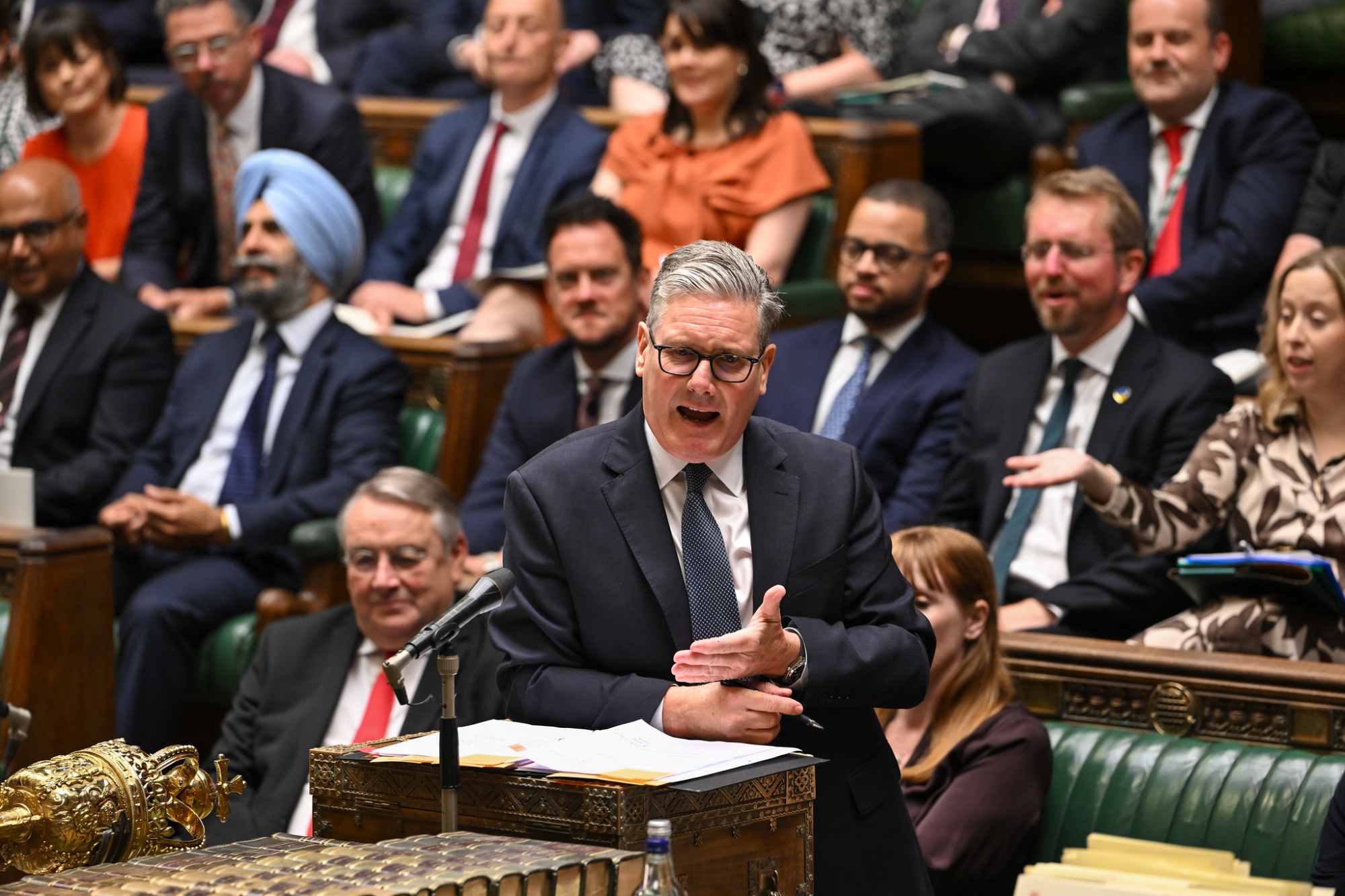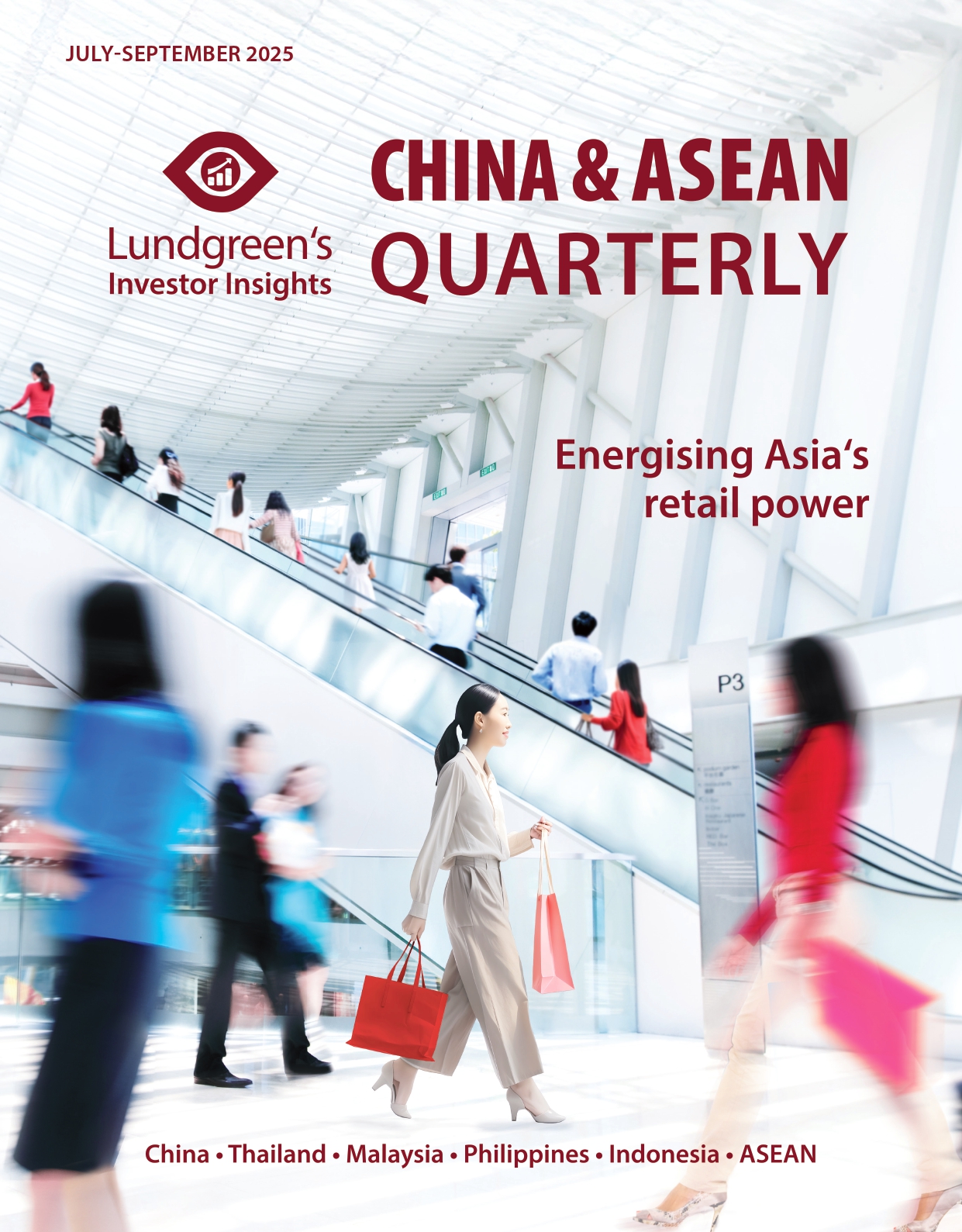Welfare woes hounding Britain
The UK is battling several fires at once, with possibilities of high domestic living costs rising amid a worsening global trade war. Can the government soften the blow by signing new trade deals?
The British economy is taking a beating from rising living costs, which is exacerbated further by a tariff war waged by the US. Inflation has remained elevated, rising to an 18-month high of 3.8 per cent in July, draining both household pockets and the political capital of the ruling Labour Party. Core inflation, a measure of consumer prices that excludes food and energy expenditures, was also at 3.8 per cent – illustrating that the high price environment is broad-based.
This so-called “welfare chaos” has resulted in brewing disappointment across the UK, and it appears that Parliament has little room to turn public sentiment around. Prime Minister Keir Starmer’s government stands cash-strapped in sustaining existing social benefits, nor could it afford to substantially increase government subsidies as net public debt is already at 96.1 per cent of GDP at end-July, matching the size of the whole economy.
Cost crisis
The July inflation rate is the fastest pace since January 2024, as seen in Graph 1. Transport costs posted the fastest pickup relative to June, driven by higher fuel prices, followed by expenses in restaurants as well as on food and drink, according to government data.

Rising inflation has held back the Bank of England from substantially unwinding high interest rates, and even the Bank of England was divided when they delivered a 25-basis-point cut to 4 per cent in August. This keeps borrowing costs a bit less expensive for residents and local companies but still with little incentive to make big-ticket purchases and pursue business expansions. As a result, GDP growth has been muted, and both business and consumer confidence remain negative.
More pain might be coming as there are talks of tax increases to fund public services – the opposite of plans to reduce welfare benefits meant to narrow the UK’s budget gap. In the meantime, the British government borrowed more than planned in the first half of 2025 to foot the bill, but this is something that will bite back stronger down the road.
Trade reprieve
One bright spot triggered by the escalating global tariff war is the UK’s urgency in securing free trade agreements with partner economies years after Brexit. These deals have the potential of reducing consumer prices by minimising trade frictions and facilitating the influx of cheaper imports. The UK finalised a major trade deal with India in May that will remove tariffs on 99 per cent of Indian products. This would make imports like oil, clothes, and food items much cheaper. British businesses are likewise seen to benefit from tariff reductions for machinery, iron, steel, and transport equipment bought from Indian suppliers, with the agreement seen to add GBP 4.8 billion (USD 6.5 billion) to UK GDP every year. The country also entered into a narrow trade deal with the US that sets lower-than-announced duties for British cars, aerospace equipment, steel, and aluminium sold in America, along with a blanket rate of 10 per cent for all other goods.
One would think that these trade deals are reviving confidence towards the UK economy given how strong the British pound has been performing in recent months. The pound sterling has appreciated by 7.8 per cent against the US dollar as of mid-September, as seen in Graph 2. However, one must note that the appreciation of the pound is only because of the relative weakness of the greenback, largely stemming from uncertainty over Trump’s trade policy that is hitting the US economy harder than expected.

When compared to the euro, the British pound has weakened by 4.5 per cent year-to-date amid great concern regarding public finances – and rightfully so, given the UK’s swelling public debt and the piling need for additional government spending.
The trade agreements with India and the US are necessary but came too little, too late as the British grapple with a high cost of living and a ballooning budget deficit. Economic winds are not blowing in the UK’s favour, and domestic political uncertainty drawing from the very same issues at hand is making it even harder for the Parliament to scale down social service benefits to struggling citizens, at a time when such payouts prove crucial to survival.
On the flipside, UK stocks have held up well in 2025 as sentiment of global investors turn warmer towards Europe. Like the exchange rate, this relative strength is largely because market players are diversifying away from the US. The price-to-earnings ratio for UK shares is also considered expensive relative to peers, making them less attractive for those looking for strong returns. We at Lundgreen’s Capital maintain our underweight rating towards British stocks in view of slowing GDP growth and undesirable domestic conditions that have been keeping economic activity muted. The impact of these new trade deals and government efforts to set the UK’s fiscal house in order are worth watching, although we are not as hopeful.







